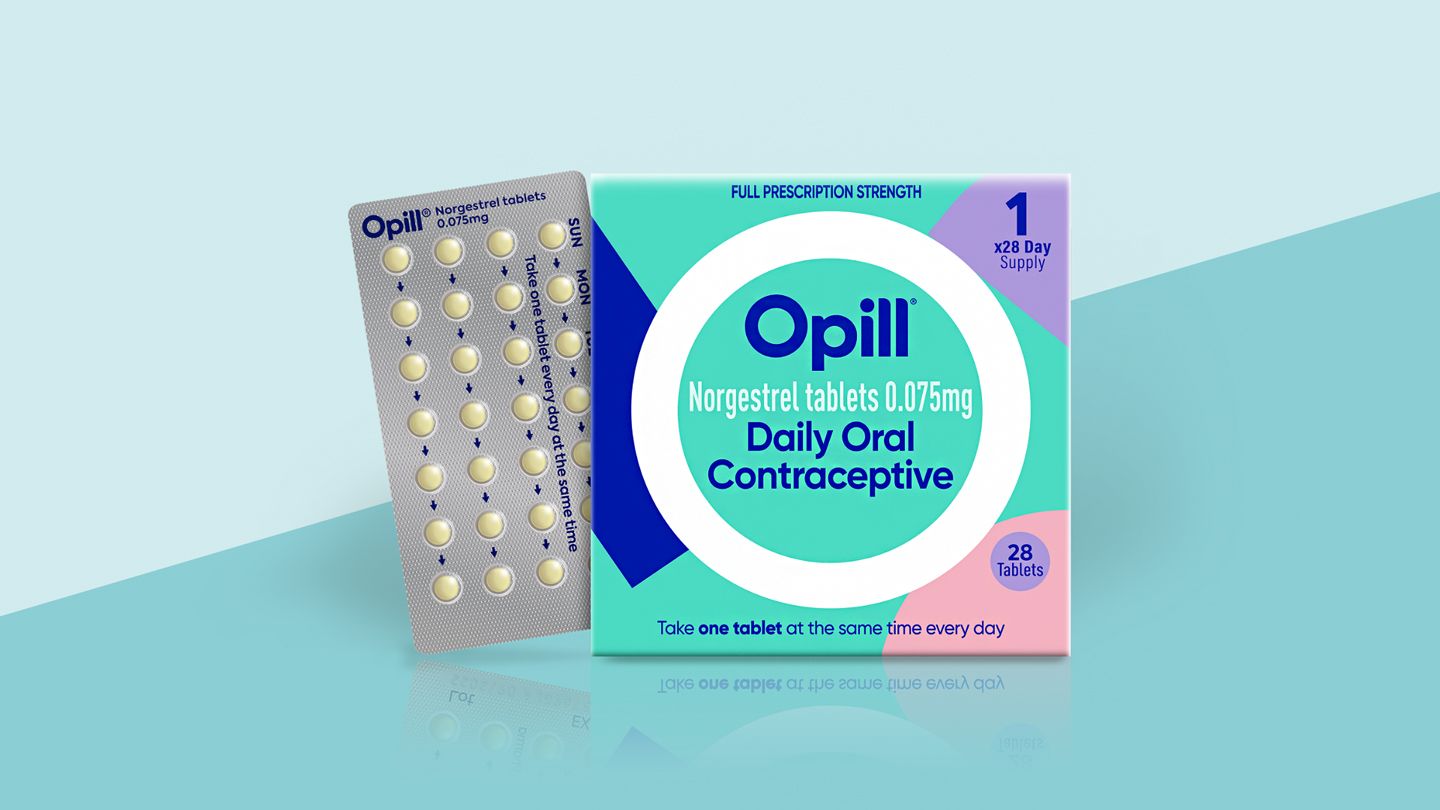“Contraception is essential preventive healthcare for millions of Americans, and we wanted to understand how this new option — to buy the pill over the counter — was being used,” says the lead study author, Maria I. Rodriguez, MD, MPH, a professor of obstetrics and gynecology and the director of the Center for Women’s Health at Oregon Health and Science University in Portland.
The results revealed that more women who used Opill were uninsured, between 15 and 20 years old, and living in rural areas than women who took prescription birth control.
The findings also come at a time when teen birth rates have reached a historic low.
Here’s what the research found, plus what doctors want people to keep in mind about nonprescription birth control.
Opill Is the First Birth Control Pill Available Without a Prescription
The U.S. Food and Drug Administration (FDA) approved Opill for use in July 2023, marking the first time a contraceptive pill could be sold in the United States without a doctor’s prescription.
Opill contains progestin, a synthetic form of the hormone progesterone. “It’s single-hormone birth control,” says G. Thomas Ruiz, MD, the lead ob-gyn at MemorialCare Orange Coast Medical Center in Fountain Valley, California. In contrast, combined hormonal birth control contains two hormones, progestin and estrogen.
About 3 in 10 Women Who Take Opill Previously Used No Birth Control
For the study, researchers surveyed nearly 1,000 women in 49 states who purchased Opill online or at a pharmacy, and compared them with women who took a prescription birth control pill.
They found that over-the-counter birth control access was tied to a 31.8 percentage point increase in women going from no birth control to effective pregnancy prevention.
The majority of Opill users previously used no form of contraception or a much less effective method of contraception. They also reported that it was extremely important that they avoid pregnancy.
The results revealed that more than 30 percent of women taking Opill were uninsured, compared with just 3.5 percent of women taking a prescription birth control pill.
More Women in Their Forties Are Getting Pregnant Than Teenagers
The latest research comes on the heels of data that reveal there are more women 40 and older who are giving birth than teenage girls for the first time in U.S. history.
While teenagers accounted for nearly 13 percent of all births in 1990, that figure dropped to just 4 percent in 2023.
From 1990 to 2023, the fertility rate for women between the ages of 35 and 39 jumped 71 percent, and it increased 127 percent in women ages 40 to 44.
Over-the-Counter Birth Control Expands Access for Multiple Reasons
Many of the girls and women using over-the-counter birth control have difficulty accessing reproductive care, whether because of their geographic location or a lack of health insurance, Dr. Streicher points out. “The barrier to contraception is one of the many reasons we have had a high rate of unintended pregnancies,” she says. “These findings are very validating: They show that populations that otherwise were not using contraception now have access — and are using it. That’s huge.”
Rodriguez agrees, noting that effective contraception is “essential” to helping women control their reproductive decisions. “By removing the need for a prescription, the OTC pill provides a promising new way to support reproductive autonomy and reduce disparities in contraceptive use across the U.S.,” she says.
Over-the-counter birth control also increases access for women who are uncomfortable at the doctor’s office. “Many women, especially young women, are wary of going to a gynecologist and getting examined, which can be a barrier to obtaining contraceptive pills,” says Adi Davidov, MD, an associate chair of obstetrics and gynecology at Northwell’s Staten Island University Hospital in New York.
Over-the-Counter Opill Is Safe and Effective
While Opill is a newer birth control medication, progestin-only pills aren’t. This type of pill has been around for decades.
When used as directed — that is, taken at the same time every day — Opill is 98 percent effective at preventing pregnancy. “They have a really good safety profile, too,” Dr. Ruiz says.
The most common potential side effect of OTC birth control is irregular bleeding. This is “in line with most other progestin-only pills,” Dr. Davidov says. Less common side effects include headaches, dizziness, nausea, increased appetite, abdominal pain, cramps, or bloating.
Davidov cautions that, like all hormonal birth control, Opill does not protect against sexually transmitted infections.
Opill is available online and in many pharmacies. Currently, a three-month supply retails for about $40 at Amazon.
Rodriguez says that the price is still too high for some women, though. “For OTC contraception to reach its full potential, we need to address the remaining barriers. The primary one is cost,” she says. Streicher agrees, “but the fact that you still have a significant number of people who are willing to spend that money each month speaks to the priority of contraception,” she says.
Read the full article here




